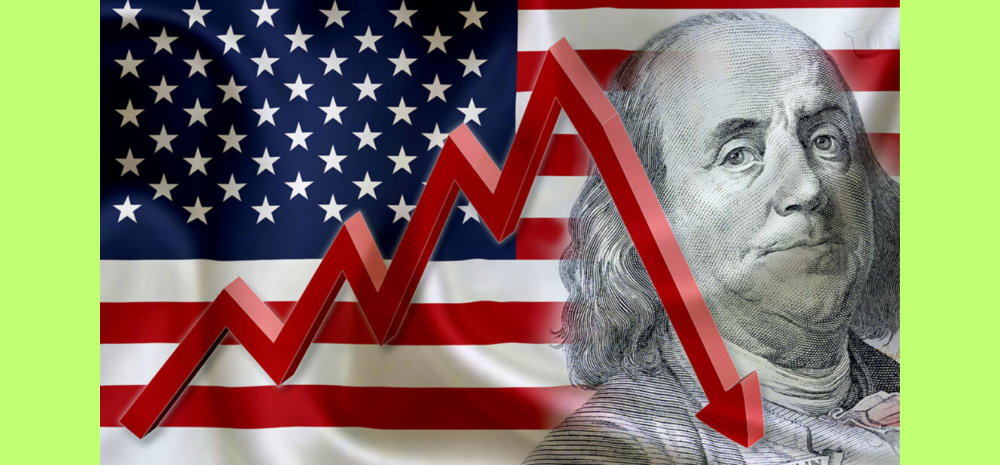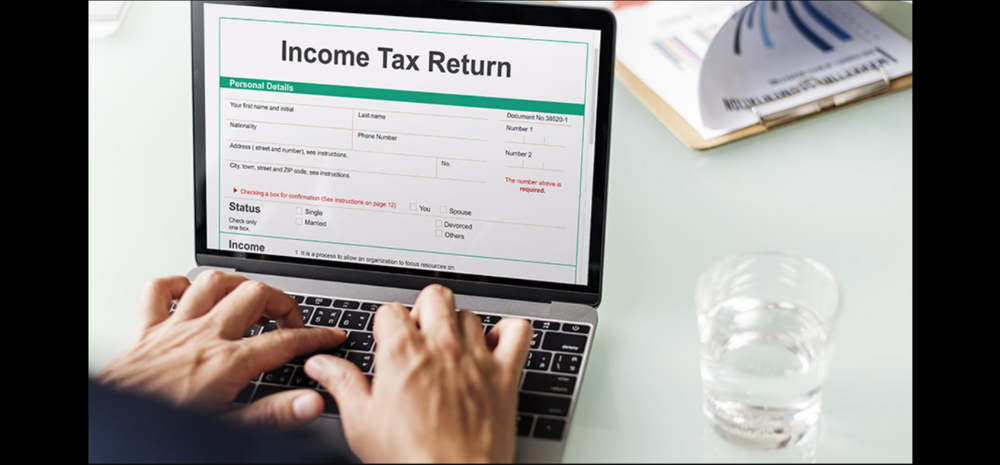Is the world’s largest economy heading for a recession? Recent economic indicators in the United States seem to point in that direction, with many analysts predicting a recession early next year. Here’s a look at the key indicators suggesting a potential downturn:

1. Rising Unemployment Rate
The unemployment rate climbed to 4.3%, raising alarms about a weakening labor market and the economy’s susceptibility to recession. The labor force participation increased, meaning more people are either employed or actively seeking work, but the number of new jobs has slowed. The recent jobs report revealed a slowdown in job growth to 114,000 in July, down from 179,000 the previous month. This deceleration in job growth sparks worries that the U.S. economy might be edging toward a recession.
2. The Sahm Rule Recession Indicator
The Sahm Rule Recession Indicator, which has breached the 0.50 threshold, historically signals the early stages of a recession in the U.S. economy. While the indicator is not infallible, its recent activation has heightened concerns. Bloomberg rates strategist Simon White notes that while the Sahm Rule’s trigger raises recession worries, it often lags and misses many equity downturns, making it neither a necessary nor sufficient condition for a recession.
3. Stagnant Wage Growth
In July, average hourly wages grew by 3.6% year-over-year, slightly down from June’s 3.8% increase. The Federal Reserve typically views wage growth between 3.0% and 3.5% as aligned with its 2% inflation target. This slowdown in wage growth suggests that while jobs are being added, the economic momentum is not as robust, raising concerns about the sustainability of economic growth.
4. Prolonged Tight Monetary Policy
For over a year, the U.S. Federal Reserve has maintained benchmark borrowing costs at a 23-year peak of 5.25%-5.50%. Some analysts worry that this prolonged tight monetary policy might be pushing the economy toward a recession. Brian Jacobsen, chief economist at Annex Wealth Management, expressed concerns that the Fed’s policies might be excessively cooling the labor market, potentially necessitating a more substantial rate cut than the typical quarter percentage point to prevent a recession.
5. Housing Market Vulnerabilities
David Burt of DeltaTerra Capital contends that U.S. homeowners face a significant insurance gap for wildfire and flood risks, totaling $28.7 billion annually. This underinsurance affects over 17 million homes, posing a potential $1.2 trillion threat to property values. The increasing frequency and severity of climate-related disasters are not accurately reflected in insurance premiums, adding another layer of economic vulnerability. Last year, the National Oceanic and Atmospheric Administration recorded 28 weather disasters in the U.S., each causing at least $1 billion in damage.
Conclusion
As market participants speculate on the Federal Reserve’s potential actions, with an increase in public communications expected next week, the economic landscape continues to shift rapidly. While some experts, like Ryan Detrick from Carson Group, believe a recession is still avoidable, the risks are increasing. The recent rise in unemployment, the activation of the Sahm Rule Recession Indicator, stagnant wage growth, prolonged tight monetary policy, and vulnerabilities in the housing market collectively suggest that the U.S. economy is heading towards a challenging period.














